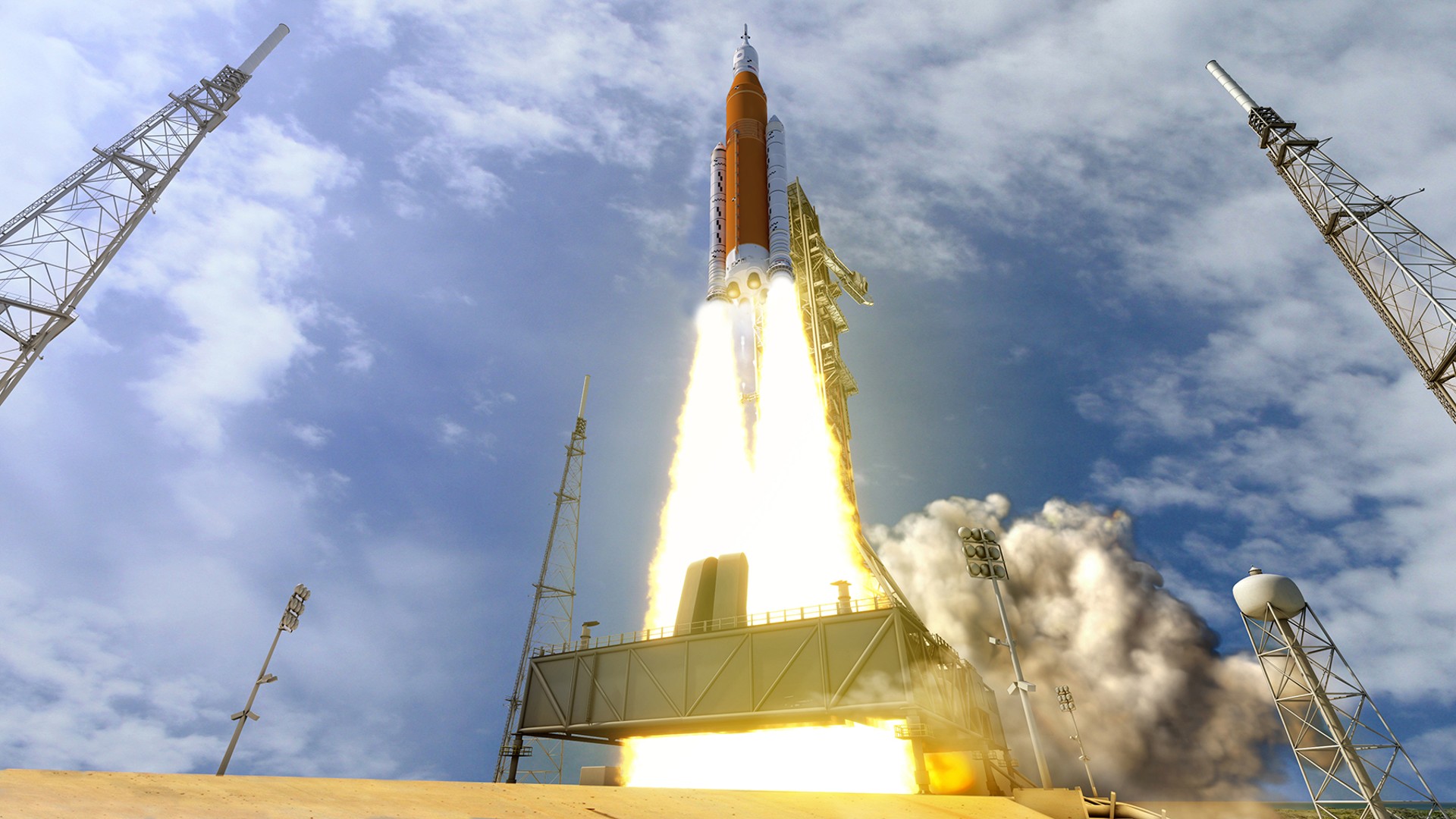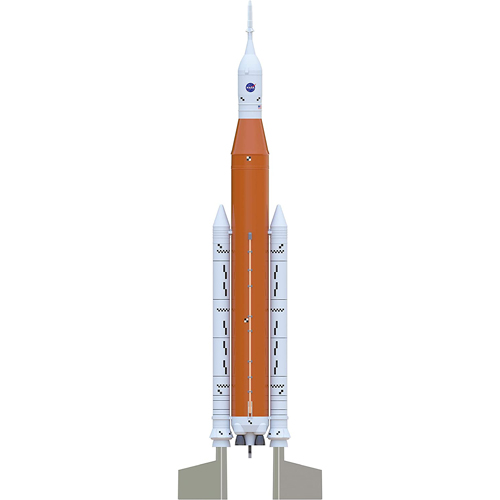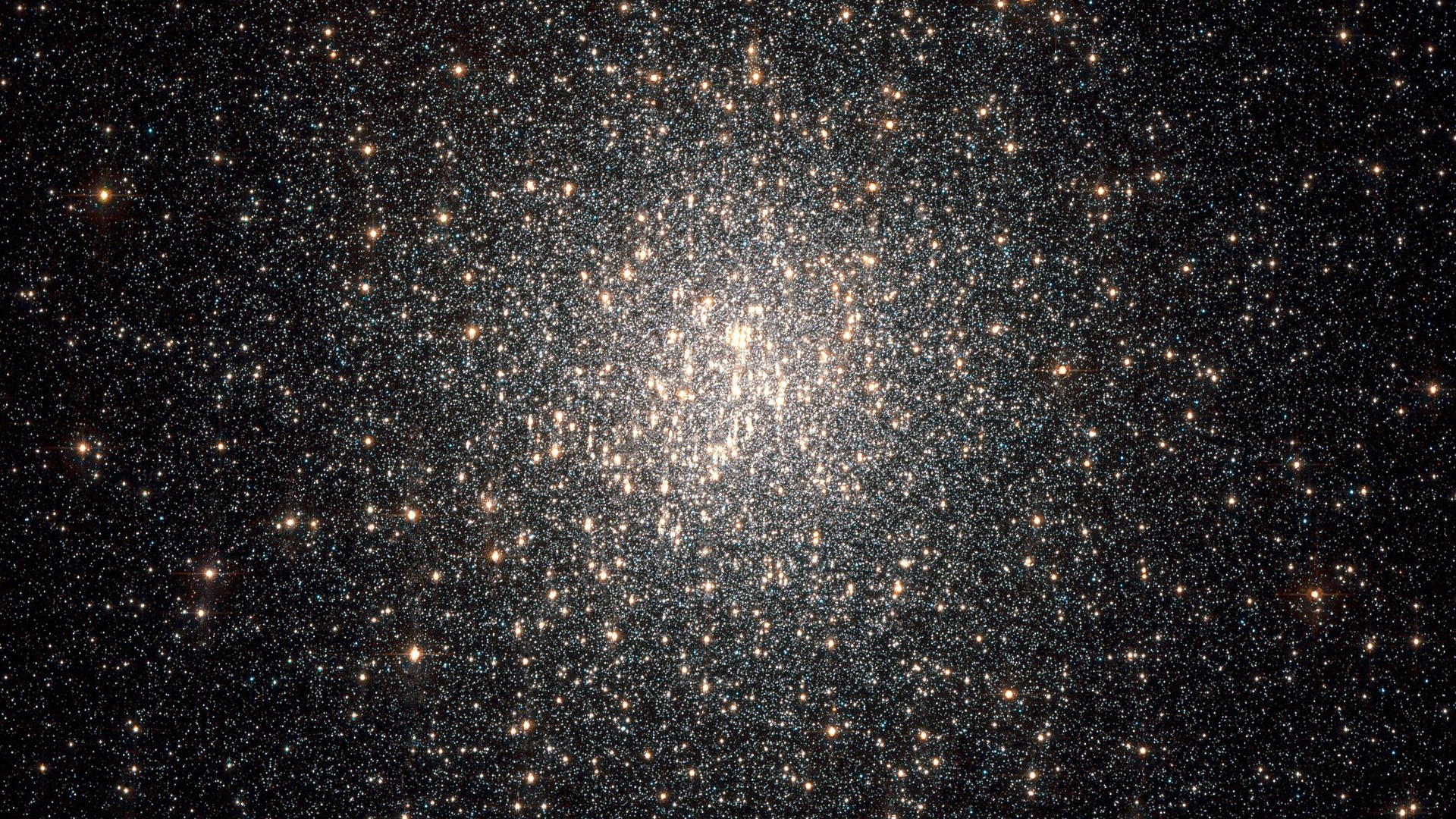Here's how to follow NASA's Artemis 1 moon mission in real time after launch
NASA will provide a dedicated Artemis 1 tracking website.

You can follow NASA's epic Artemis 1 moon mission in real time after it lifts off next week.
NASA will launch an Artemis 1 tracking website on Sunday (Aug. 28), the day before the mission is scheduled to lift off. Artemis 1 will see the debut of the Space Launch System (SLS) megarocket, which will send an uncrewed Orion spacecraft on an approximately 40-day journey around the moon and back.
The Artemis Real-time Orbit Website will be advertised on the NASA Orion Twitter feed a day before Artemis 1's first launch opportunity, which comes on Monday morning (Aug. 29), NASA officials said in a statement.
"Knowing what the spacecraft is doing during the mission is already cool, but now that Orion's data can be visualized in all these different ways, it will be interesting to see what creative projects others come up with," Richard Garodnick, an engineer on the mission control center system engineering and development team at NASA's Johnson Space Center (JSC), said in the Aug. 17 statement.
Related: NASA's Artemis 1 moon mission: Live updates
More: NASA's Artemis 1 moon mission explained in photos

You can launch a Space Launch System of your own with this Estes NASA SLS model rocket for a 1:200 scale version of NASA's moon megarocket. Read more about it.
The tracking website will provide live information from sensors on Orion that are sent to NASA's Mission Control center at JSC. Data will begin streaming roughly one minute after liftoff, the agency says, through separation of the SLS Interim Cryogenic Propulsion Stage. Orion, once it separates from the rocket, will provide a stream of real-time information on its own.
That information will include plenty of mission milestones, the flight's trajectory and Orion data including temperature, distance traveled and mission elapsed time.
Get the Space.com Newsletter
Breaking space news, the latest updates on rocket launches, skywatching events and more!
A selection of state vectors, which describe where Orion is at any moment in space and its movements, will be available for open-source data repurposing for tracking apps, data visualizations and other third-party creative uses, NASA added.
Follow Elizabeth Howell on Twitter @howellspace. Follow us on Twitter @Spacedotcom or Facebook.
Join our Space Forums to keep talking space on the latest missions, night sky and more! And if you have a news tip, correction or comment, let us know at: community@space.com.

Elizabeth Howell (she/her), Ph.D., was a staff writer in the spaceflight channel between 2022 and 2024 specializing in Canadian space news. She was contributing writer for Space.com for 10 years from 2012 to 2024. Elizabeth's reporting includes multiple exclusives with the White House, leading world coverage about a lost-and-found space tomato on the International Space Station, witnessing five human spaceflight launches on two continents, flying parabolic, working inside a spacesuit, and participating in a simulated Mars mission. Her latest book, "Why Am I Taller?" (ECW Press, 2022) is co-written with astronaut Dave Williams.
